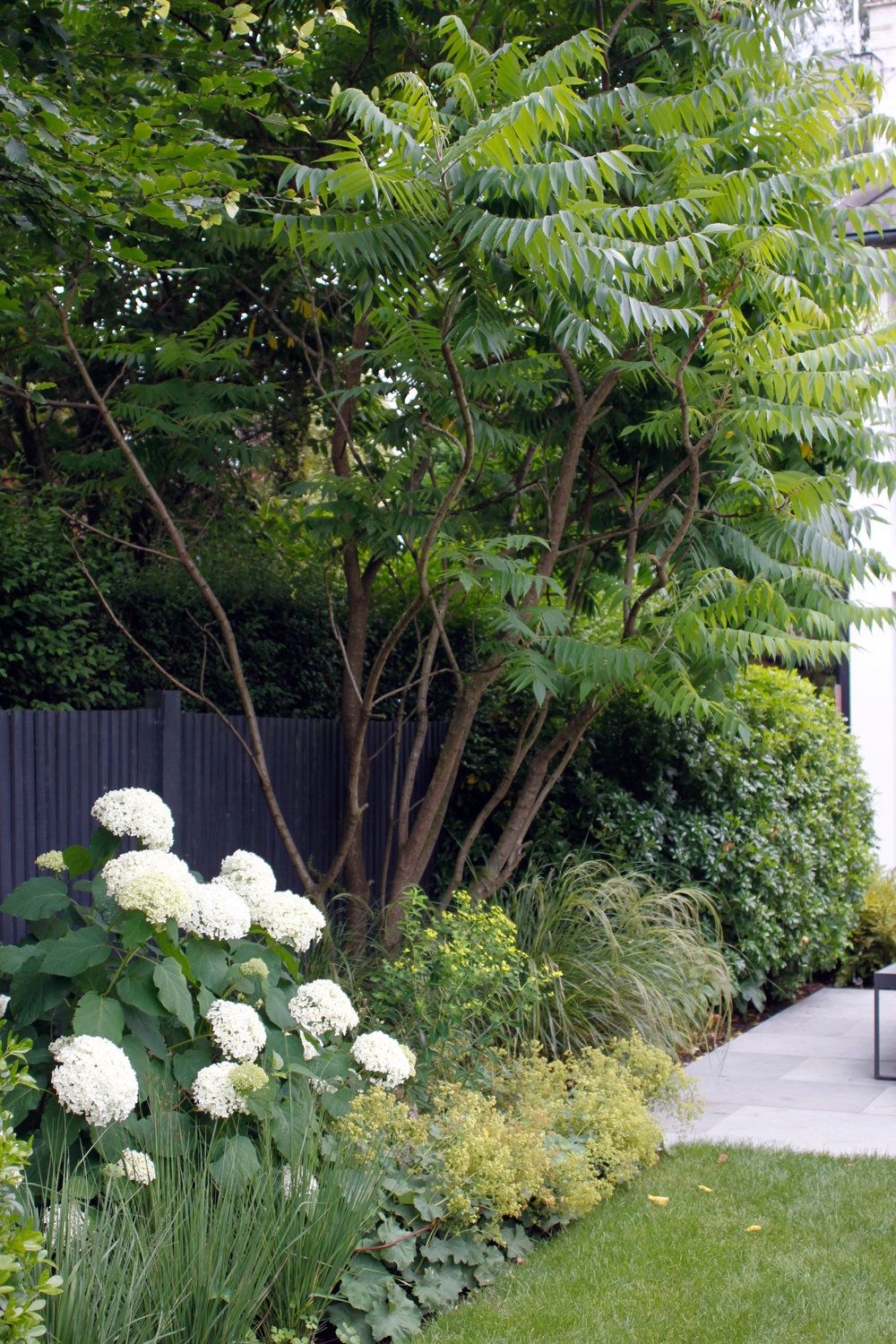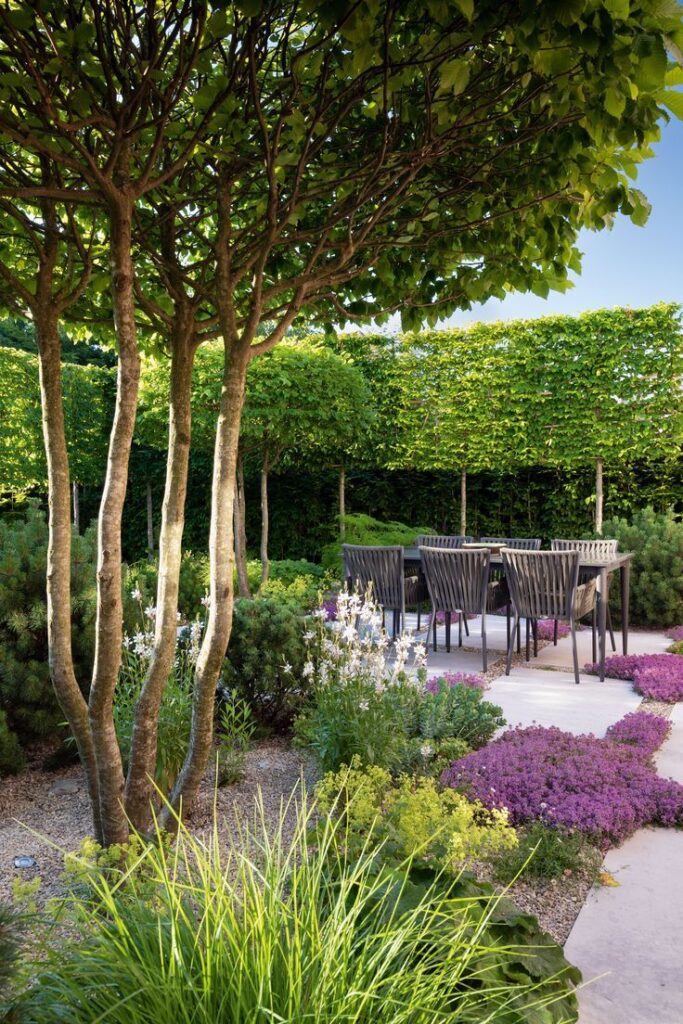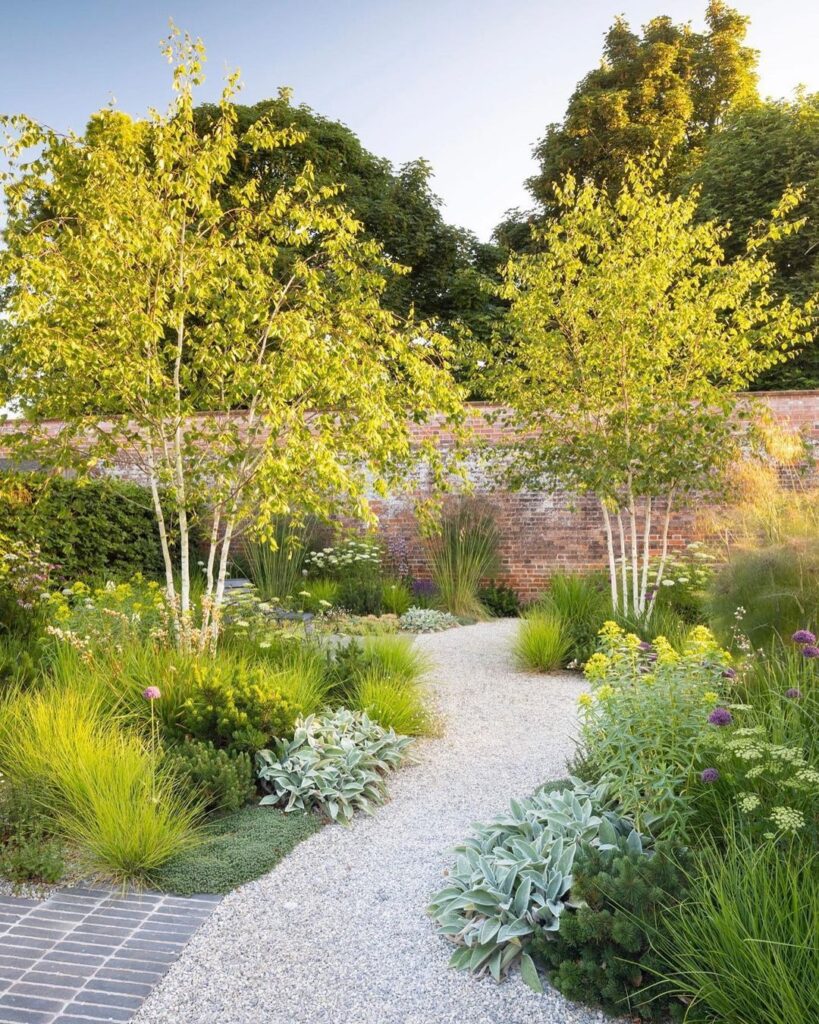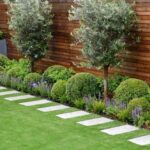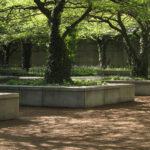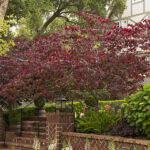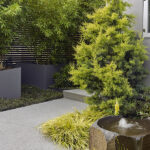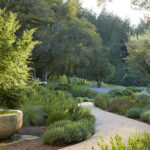Garden design involves careful consideration of the various elements that can make a space truly special. Trees are a key component of any garden design, providing structure, shade, and visual interest. When choosing trees for your garden, there are several factors to consider, including size, shape, color, and maintenance requirements.
One of the most important considerations when selecting trees for your garden is size. It’s essential to choose trees that will fit comfortably within the space you have available, while also allowing room for growth. Consider how big the tree will be at maturity, and ensure that it won’t overwhelm the rest of your garden or block out too much sunlight.
The shape of a tree can also have a significant impact on the overall design of your garden. Some trees have a more upright, columnar shape, while others have a spreading, rounded canopy. The shape of the tree can help to create a focal point in your garden, or add interest and variety to the overall design.
Color is another important consideration when selecting trees for your garden design. Some trees offer vibrant fall foliage, while others have interesting bark or flowers that can add color and texture throughout the year. Consider how the color of the tree will complement the rest of your garden, and choose trees that will enhance the overall aesthetic of the space.
Maintenance requirements are also an important factor to consider when choosing trees for your garden. Some trees require regular pruning or shaping to maintain their shape, while others are more low-maintenance. Consider how much time and effort you’re willing to invest in caring for your trees, and choose varieties that fit with your maintenance preferences.
When designing your garden with trees, it’s important to consider how they will fit into the overall landscape. Think about the placement of trees in relation to other elements in the garden, such as shrubs, flowers, and hardscape features. Trees can help to create depth and structure in a garden, so consider how they will interact with the rest of your design to create a cohesive and visually appealing space.
